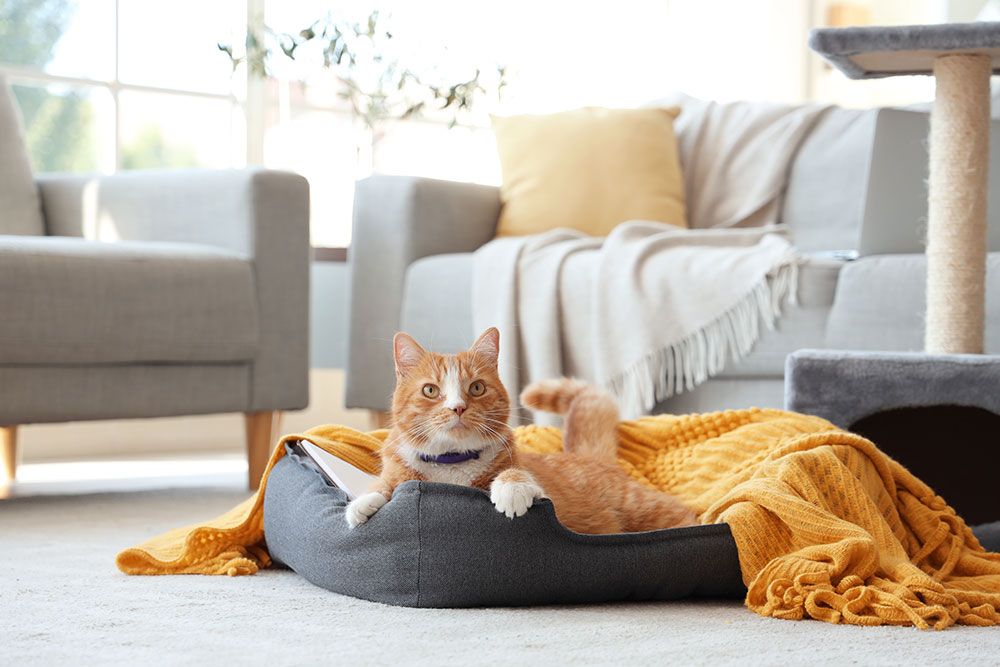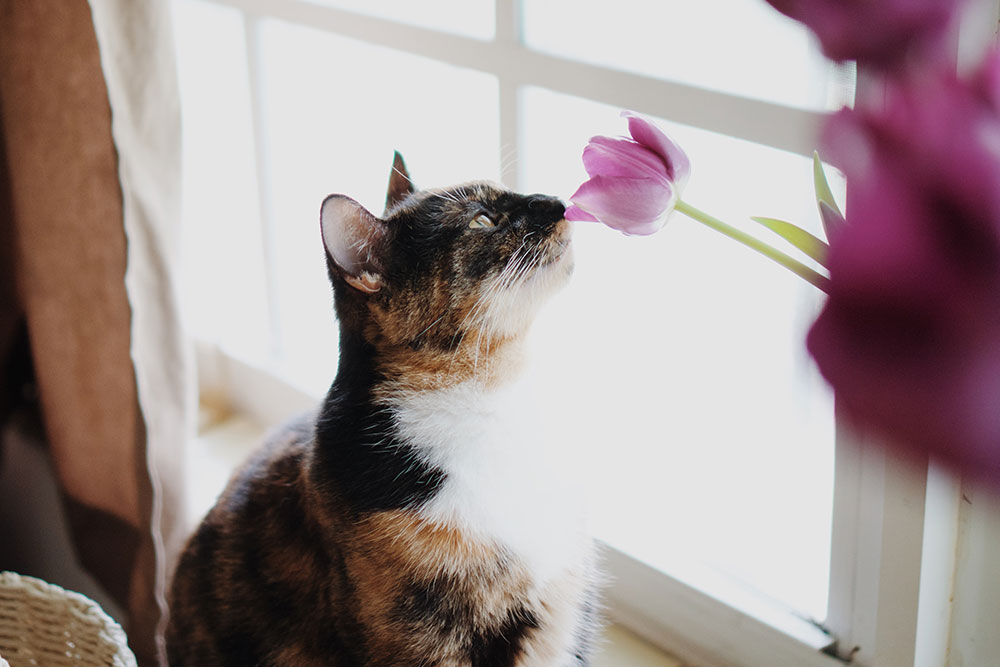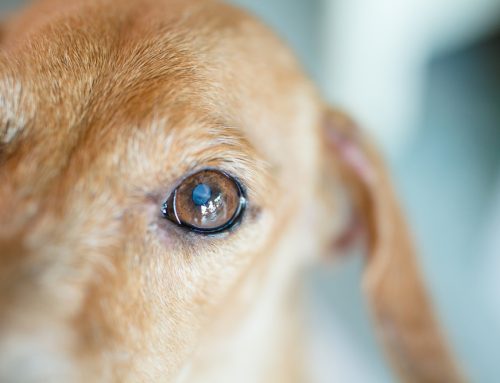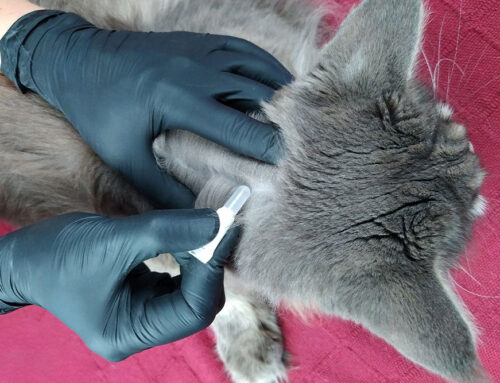Declawing a cat was once seen as a routine procedure, but modern veterinary medicine has moved away from this practice due to the significant risks and long-term pain it can cause. Many pet owners now recognize that declawing is an unnecessary surgery that may lead to complications, including chronic pain, arthritis, and undesirable behavioral changes. At Southern Crossing Animal Hospital, we believe there are safer, more compassionate alternatives to declawing that protect both your cat’s well-being and your home.
Why Declawing is Harmful
Declawing involves the amputation of the last bone of each toe on a cat’s paw. This procedure isn’t just the removal of the nail—it’s equivalent to amputating the tip of a human finger at the last joint. Understandably, this causes significant pain and discomfort for cats, leading to potential long-term consequences such as:
- Chronic Pain: Many cats experience long-lasting pain in their paws, even years after the procedure. Since cats tend to hide pain, it may be difficult for pet owners to recognize, but the discomfort can persist for the rest of the cat’s life.
- Arthritis: The altered gait from declawing can cause strain on joints, leading to arthritis. Without their claws to support them, cats shift their weight unnaturally, which increases stress on other parts of the body, particularly the legs and spine.
- Behavioral Changes: Some cats develop aggressive or fearful behaviors due to the pain or acquired inability to defend themselves. This can manifest in biting, litter box avoidance, or even increased anxiety, which may make the cat more difficult to live with, countering the reasons many owners sought declawing in the first place.
In addition to the direct physical effects, declawing can also have emotional consequences for your feline companion. Cats rely on their claws for defense, climbing, and stretching—taking this away can leave them feeling vulnerable.
Humane Alternatives to Declawing
Fortunately, there are several effective ways to prevent your cat from damaging your furniture or scratching people while allowing them to retain their natural behaviors. Here are a few alternatives that can help:
Provide Scratching Posts and Pads
Scratching is a natural behavior for cats, used to stretch muscles, sharpen claws, and mark territory. Denying them this behavior by removing their claws is not only harmful but also unnecessary. By providing appropriate outlets for this natural behavior, you can keep both your cat and your home happy.
- Vertical Scratching Posts: Tall posts allow your cat to fully stretch out while they scratch. This is an important part of their daily routine for stretching muscles and maintaining flexibility. Be sure to choose a sturdy post that won’t tip over, as cats may lose interest in wobbly posts.
- Horizontal Scratching Pads: Some cats prefer to scratch horizontally, and cardboard or sisal pads can meet this need. These pads are often inexpensive and can be placed in multiple areas around the house.
- Varied Textures: Cats have individual preferences when it comes to scratching. Use posts made from different materials like sisal, carpet, or wood to find out which your cat prefers. Having multiple textures available will encourage your cat to scratch in appropriate places rather than your furniture. Position these posts in areas your cat likes to frequent, especially near furniture they’ve already scratched.
Regular Nail Trimming
Trimming your cat’s nails regularly helps minimize the damage they can cause when scratching. If you’re not sure how to trim your cat’s nails, our team at Southern Crossing Animal Hospital can demonstrate the proper technique during your next visit. Nail trimming isn’t difficult, but it does take some practice and patience, especially with a squirmy cat. If your cat isn’t cooperative, consider trimming just one or two nails at a time, rewarding your cat with treats and praise to build positive associations.
Use Soft Nail Caps

Soft nail caps are a non-invasive solution that prevents your cat from causing damage when they scratch. These tiny plastic caps are glued onto your cat’s claws, allowing them to still stretch and scratch without damaging furniture. Nail caps generally last for several weeks before needing to be replaced, and they do not interfere with your cat’s ability to retract their claws. While nail caps are safe and comfortable for most cats, it may take a little time for them to adjust to wearing them. We recommend starting slowly, placing caps on just one or two claws to help them get used to the sensation.
Positive Reinforcement and Training
Training your cat to scratch in appropriate areas is not only possible, but it can also be highly effective with the right approach. Cats respond well to positive reinforcement, such as treats, petting, or verbal praise. Whenever your cat uses a designated scratching post or pad, reward them immediately to create a positive association with the behavior. Over time, your cat will learn that using the scratching post is not only fun but also comes with rewards.
Additionally, using deterrents on furniture and other items can discourage your cat from scratching in undesirable places. Double-sided tape, for instance, creates a sticky texture that cats generally dislike. Placing this tape on areas your cat tends to scratch can help train them to avoid those spots.
Scratching Is A Natural Behavior
It’s important to understand that scratching is a natural and necessary behavior for cats. It allows them to stretch their muscles, mark their territory, and maintain their claws. While this behavior may sometimes be frustrating for pet owners, there’s no need to resort to declawing to protect your home or yourself from your cat’s scratching. Declawing may seem like an easy fix, but with the right tools and training, you can maintain a peaceful coexistence with your cat—claws and all.








Leave A Comment